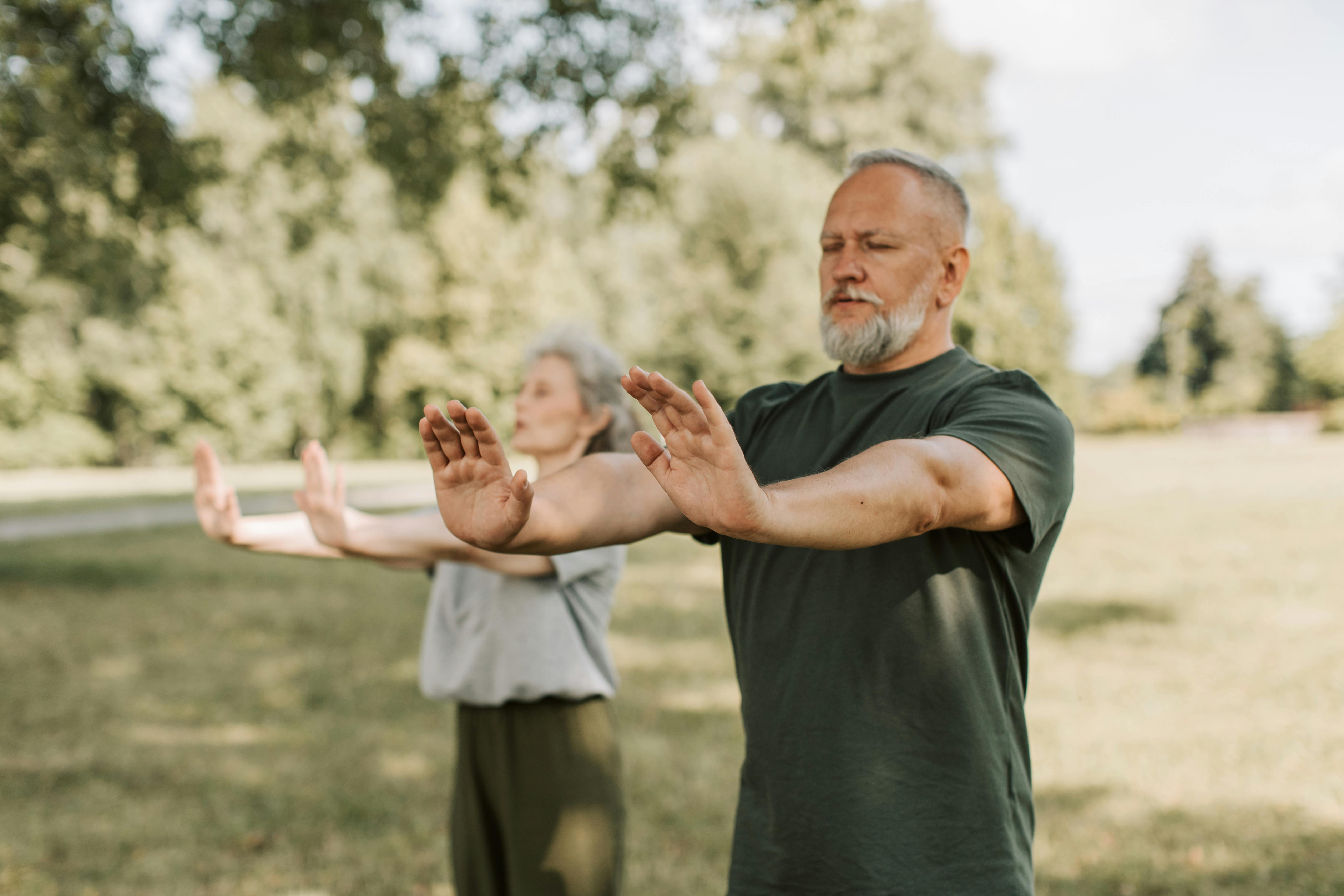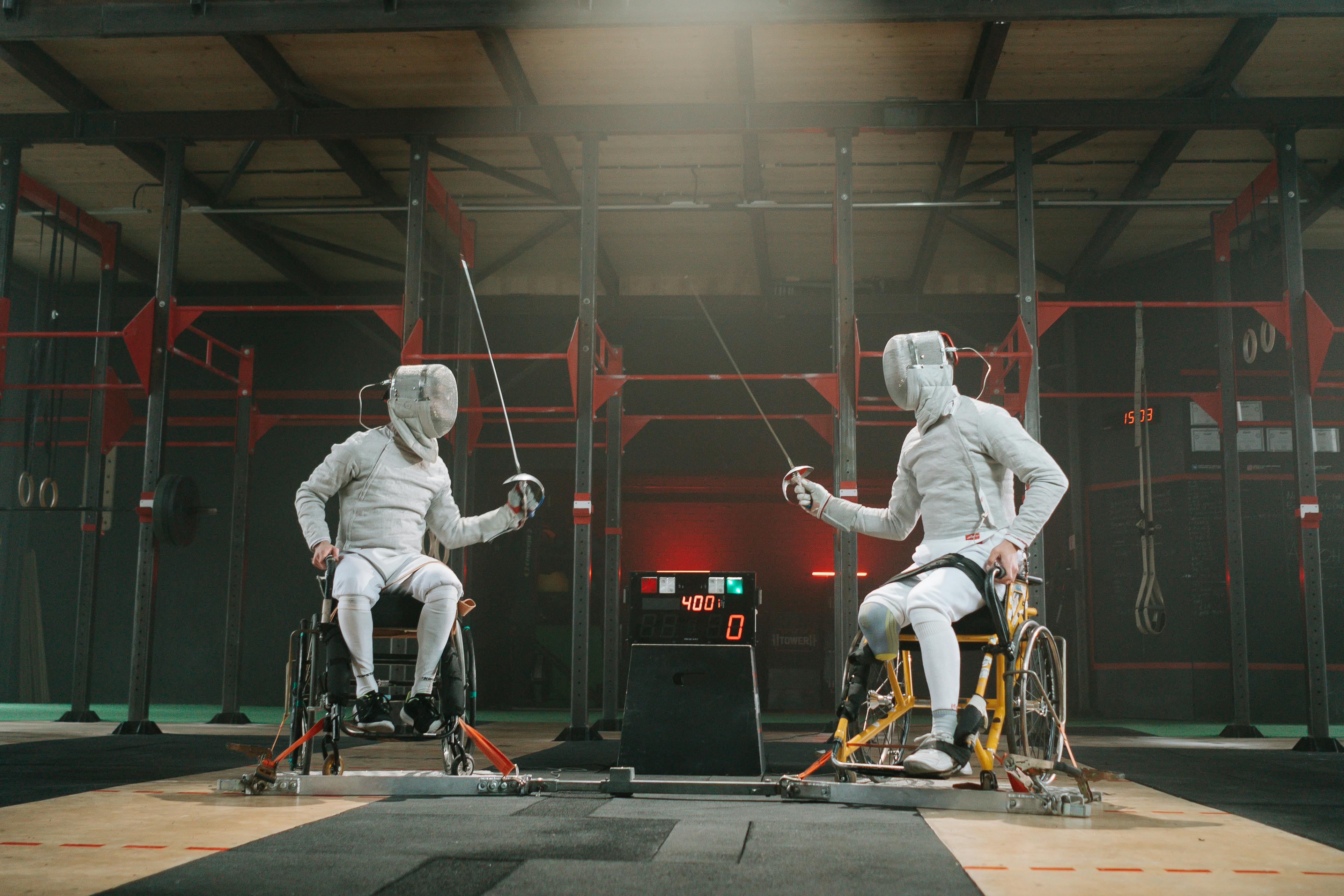The Intriguing Science Behind Grounding: Disconnect to Reconnect
Have you ever felt a profound sense of calm and connection after walking barefoot on the beach or in a patch of lush, green grass? While this experience may seem purely psychological, there's a growing body of research suggesting that direct contact with the Earth's surface — a practice known as grounding or earthing — may offer tangible health benefits.

In this article, we’ll delve into the fascinating science of grounding, exploring how this simple yet profound practice can enhance well-being, and provide practical tips for integrating grounding into your daily life. Ready to reconnect with Mother Earth? Let’s get started.
Understanding Grounding: A Historical Perspective
Grounding, also known as earthing, is the practice of coming into direct physical contact with the Earth’s surface, usually by walking barefoot on grass, sand, or soil. Humans have been grounding for centuries, long before science began to explore its potential benefits.
It’s only in recent decades that researchers have begun to investigate the science behind grounding. In the late 20th century, a retired cable television executive named Clint Ober noticed that many people wear synthetic-soled shoes that insulate them from the Earth’s electrical surface charge. He wondered if this disconnection could have negative health effects.
Grounding and Health: The Current Research
Research on grounding is still in its early stages, but preliminary studies suggest it may provide a range of health benefits. A 2012 review published in the Journal of Environmental and Public Health found that grounding can improve sleep, reduce pain, and decrease stress and anxiety.
More recent studies suggest that grounding may also have anti-inflammatory effects. A 2015 paper published in the Journal of Inflammation Research reported that grounding can reduce or even prevent the cardinal signs of inflammation following injury: redness, heat, swelling, pain, and loss of function.
While these findings are promising, it’s important to note that grounding is not a substitute for medical treatment. If you have a medical condition, you should always consult your doctor before starting any new health practice.
The Challenges and Controversies of Grounding
One of the main challenges facing the field of grounding research is the lack of large, high-quality studies. Most of the existing research consists of small pilot studies, case reports, and theoretical papers.
Another challenge is the skepticism and controversy surrounding grounding. Some people view it as a “new age” practice with little scientific basis. However, as more research emerges, this perception is slowly beginning to change.
Practical Grounding Tips for Everyday Life
Ready to try grounding for yourself? Here are a few practical tips to get you started:
-
Find a safe, clean outdoor space where you can walk barefoot. This could be a backyard, a beach, or a public park.
-
Start slowly. Try grounding for just a few minutes each day, gradually increasing the duration as you get used to the practice.
-
If you live in a city or a cold climate where grounding outdoors is not practical, consider purchasing a grounding mat or sheet. These devices connect to the ground port of an electrical outlet, allowing you to ground indoors.
Conclusion
Grounding is a simple practice with potential health benefits. While more research is needed, preliminary studies suggest that it can help reduce stress, improve sleep, and decrease inflammation. By reconnecting with the Earth, we may be able to enhance our well-being in ways we’re only beginning to understand. So next time you have the chance, kick off your shoes and step outside. Your body and mind may thank you.





